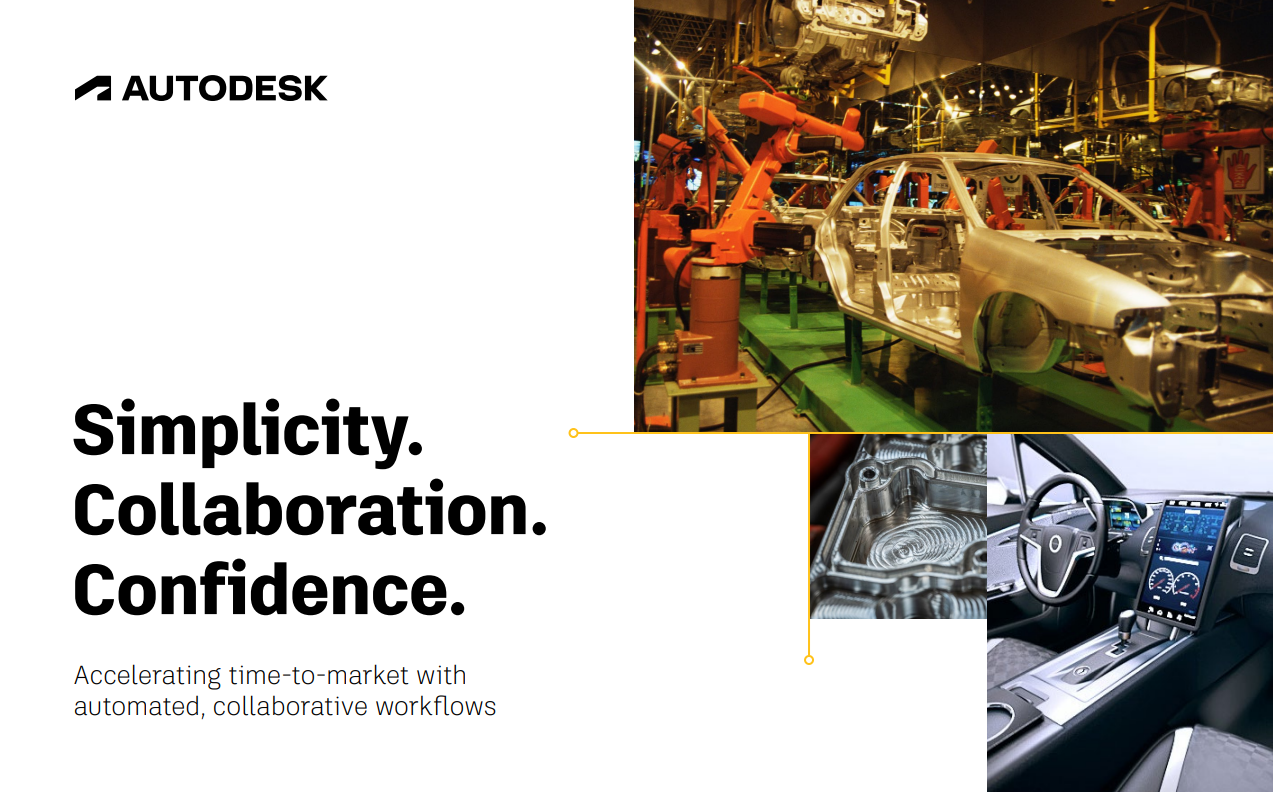
Simplicity Collaboration Confidence

The big changes in the automotive sector have not just been about the shift to electric vehicles. From complex powertrains under the hood to extensive connectivity in the cabin, the modern vehicle is highly complex, software-defined, and data-led. It’s the third element—data—that’s key here because, in automotive manufacturing, there is so much that needs managing, derisking, and sharing.
The proliferation of suppliers, apps, and platforms means the days of manual data handling are long gone. With the strictures of new FMEA (Failure Mode and Effect Analysis) standards and tightening regulatory compliance, command and controlof every component across the entire automotive supply chain is essential.
This means connecting all the data used in all the processes by everyone across the product lifecycle—from ideation and design through to final production. A good PLM (Product Lifecycle Management) system will do this, of course. But the quickly evolving and complex landscape automotive organizations are now operating in means critical gaps in understanding and action may appear.